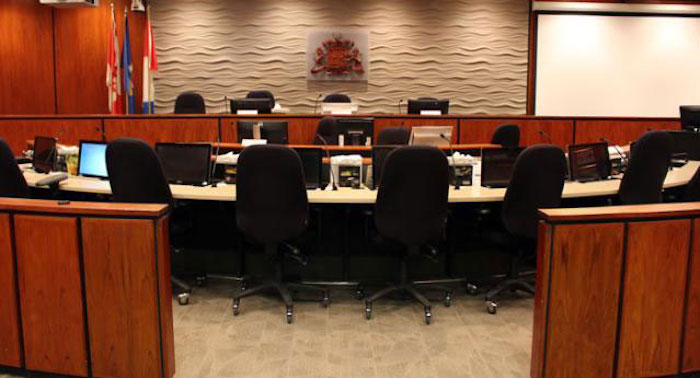Business
Canada’s federal bureaucracy expanding rapidly at your expense
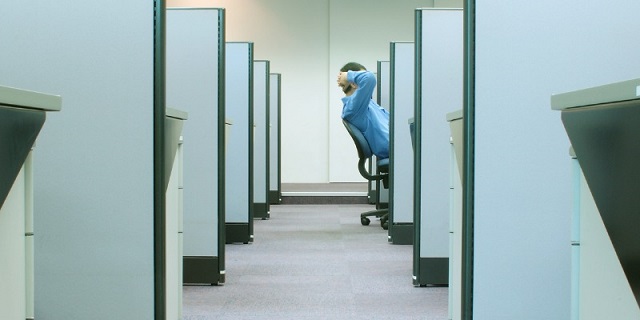
From the Fraser Institute
By Matthew Lau
Why do we need 80 per cent more bureaucrats to regulate and centrally plan employment in Canada when total employment is only up 15 per cent?
The increased bureaucratization and socialization of Canada’s economy since 2015 is well illustrated by the Treasury Board of Canada secretariat’s new statistics on the federal public service. All across the economy there’s massive bureaucratic expansion to fulfill political demands while the private sector, which fulfills consumer demands for goods and services, is crowded out and its relative importance reduced.
There are now 39,089 federal employees at Employment and Social Development Canada, up 80 per cent from 2015. Meanwhile, total employment in Canada across all industries is up only 15 per cent. Why do we need 80 per cent more bureaucrats to regulate and centrally plan employment in Canada when total employment is only up 15 per cent?
Next, consider the agriculture sector. From 2015 to 2024, the headcount at the federal department of Agriculture and Agri-Food increased 11 per cent while total employment in agriculture fell 18 per cent. That’s 11 per cent more agricultural bureaucrats and central planners while the number of people actually producing agricultural goods is down 18 per cent.
Considering dairy in particular, there are now 75 people employed at the Canadian Dairy Commission, up 34 per cent versus 2015. Meanwhile the number of dairy cows in Canada as of 2023 (the latest year of available data) is only up two per cent versus 2015, and the number of farms that ship milk is actually down 20 per cent. So, 34 per cent more dairy bureaucrats versus two per cent more dairy cows and 20 per cent fewer dairy farms.
Similarly, the Canadian Transportation Agency’s headcount rocketed to 377 in 2024, up 20 per cent from the prior year and up 56 per cent since 2015. Yet since 2015, total employment in transportation and warehousing in Canada increased by a much more modest 17 per cent.
In 2024, a year with no federal election scheduled, there are 1,250 employees at Elections Canada, nearly double the headcount of 630 in 2015, which had a federal election. But while the number of Elections Canada employees has nearly doubled, the number of voters in Canada has not. From 2015 to 2024, Canada’s population increase is about 14 per cent.
Another example: Fisheries and Oceans Canada now employs 14,716 people, up 49 per cent since 2015, and Natural Resources Canada now employs 5,751 people, up 39 per cent since 2015. Meanwhile the number of Canadians employed in natural resources (more specifically, forestry, fishing, mining, quarrying, and oil and gas) is actually down one per cent since 2015.
As of 2024, the federal department for Women and Gender Equality employs 443 people, up 382 per cent versus 2015. But if the number of women in Canada has gone up 382 per cent in the same time period, this is nowhere reflected in any of the population statistics published by Statistics Canada—a government agency whose own headcount as of 2024 is up 48 per cent since 2015.
And total employment in our federal public administration (and separate agencies) is up 43 per cent (from 257,000 to 368,000) from 2015 to 2024. So we’re not just cherry-picking.
But perhaps the most depressing statistic from the Treasury Board of Canada secretariat’s report is the headcount growth at the Canada Revenue Agency.
There are now 59,155 people employed at the CRA as of 2024, up 48 per cent since 2015—a stark reminder of this federal government’s enthusiasm for raising taxes and expanding government control.
Author:
Business
CBC’s business model is trapped in a very dark place
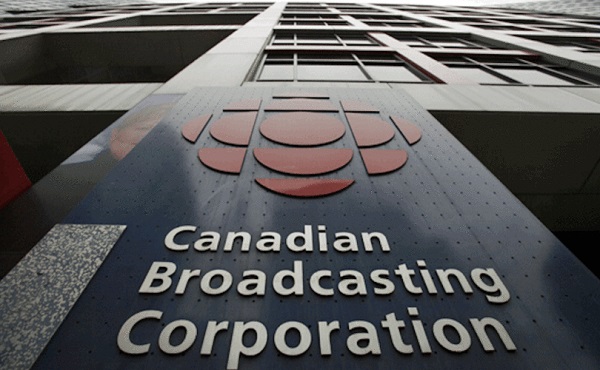
I Testified Before a Senate Committee About the CBC
I recently testified before the Senate Committee for Transport and Communications. You can view that session here. Even though the official topic was CBC’s local programming in Ontario, everyone quickly shifted the discussion to CBC’s big-picture problems and how their existential struggles were urgent and immediate. The idea that deep and fundamental changes within the corporation were unavoidable seemed to enjoy complete agreement.
I’ll use this post as background to some of the points I raised during the hearing.
You might recall how my recent post on CBC funding described a corporation shedding audience share like dandruff while spending hundreds of millions of dollars producing drama and comedy programming few Canadians consume. There are so few viewers left that I suspect they’re now identified by first name rather than as a percentage of the population.
Since then I’ve learned a lot more about CBC performance and about the broadcast industry in general.
For instance, it’ll surprise exactly no one to learn that fewer Canadians get their audio from traditional radio broadcasters. But how steep is the decline? According to the CRTC’s Annual Highlights of the Broadcasting Sector 2022-2023, since 2015, “hours spent listening to traditional broadcasting has decreased at a CAGR of 4.8 percent”. CAGR, by the way, stands for compound annual growth rate.
Dropping 4.8 percent each year means audience numbers aren’t just “falling”; they’re not even “falling off the edge of a cliff”; they’re already close enough to the bottom of the cliff to smell the trees. Looking for context? Between English and French-language radio, the CBC spends around $240 million each year.
Those listeners aren’t just disappearing without a trace. the CRTC also tells us that Canadians are increasingly migrating to Digital Media Broadcasting Units (DMBUs) – with numbers growing by more than nine percent annually since 2015.
The CBC’s problem here is that they’re not a serious player in the DMBU world, so they’re simply losing digital listeners. For example, of the top 200 Spotify podcasts ranked by popularity in Canada, only four are from the CBC.
Another interesting data point I ran into related to that billion dollar plus annual parliamentary allocation CBC enjoys. It turns out that that’s not the whole story. You may recall how the government added another $42 million in their most recent budget.
But wait! That’s not all! Between CBC and SRC, the Canada Media Fund (CMF) ponied up another $97 million for fiscal 2023-2024 to cover specific programming production budgets.
Technically, Canada Media Fund grants target individual projects planned by independent production companies. But those projects are usually associated with the “envelope” of one of the big broadcasters – of which CBC is by far the largest. 2023-2024 CMF funding totaled $786 million, and CBC’s take was nearly double that of their nearest competitor (Bell).
But there’s more! Back in 2016, the federal budget included an extra $150 million each year as a “new investment in Canadian arts and culture”. It’s entirely possible that no one turned off the tap and that extra government cheque is still showing up each year in the CBC’s mailbox. There was also a $93 million item for infrastructure and technological upgrades back in the 2017-2018 fiscal year. Who knows whether that one wasn’t also carried over.
So CBC’s share of government funding keeps growing while its share of Canadian media consumers shrinks. How do you suppose that’ll end?
We make content free for you but we require support to create journalism. Please consider a free subscription to our newsletter, or donate an amount of your choice.
Business
PBO report shows cost of bureaucracy up 73 per cent under Trudeau
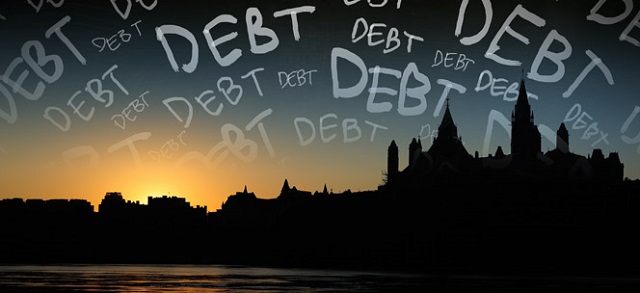
From the Canadian Taxpayers Federation
The Canadian Taxpayers Federation is calling on the federal government to rein in the bureaucracy following today’s Parliamentary Budget Officer report showing the bureaucracy costs taxpayers $69.5 billion.
“The cost of the federal bureaucracy increased by 73 per cent since 2016, but it’s a good bet most Canadians aren’t seeing anywhere close to 73 per cent better services from the government,” said Franco Terrazzano, CTF Federal Director. “Taxpayers are getting soaked because the size and cost of the federal bureaucracy is out of control.”
Today’s PBO report estimates the federal bureaucracy cost taxpayers $69.5 billion in 2023-24. In 2016-17, the cost of the bureaucracy was $40.2 billion. That’s an increase of 72.9 per cent.
The most recent data shows the cost continues to rise quickly.
“Spending on personnel in the first five months of 2024-25 is up 8.0 per cent over the same period last year,” according to the PBO.
“I have noticed a marked increase in the number of public servants since 2016 and a proportional increase in spending,” said Parliamentary Budget Officer Yves Giroux. “But we haven’t seen similar improvements when it comes to service.”
The Trudeau government added 108,793 bureaucrats since 2016 – a 42 per cent increase. Canada’s population grew by 14 per cent during the same period. Had the bureaucracy only increased with population growth, there would be 72,491 fewer federal employees today.
The government awarded more than one million pay raises to bureaucrats in the last four years, according to access-to-information records obtained by the CTF. The government also rubberstamped $406 million in bonuses last year.
“The government added tens of thousands of extra bureaucrats, rubberstamped hundreds of millions in bonuses and awarded more than one million pay raises and all taxpayers seem to get out of it is higher taxes and more debt,” Terrazzano said. “For the government to balance the budget and provide tax relief, it will need to cut the size and cost of Ottawa’s bloated bureaucracy.”
-

 Brownstone Institute2 days ago
Brownstone Institute2 days agoThe Most Devastating Report So Far
-

 Business2 days ago
Business2 days agoCarbon tax bureaucracy costs taxpayers $800 million
-

 ESG1 day ago
ESG1 day agoCan’t afford Rent? Groceries for your kids? Trudeau says suck it up and pay the tax!
-

 Daily Caller1 day ago
Daily Caller1 day agoLos Angeles Passes ‘Sanctuary City’ Ordinance In Wake Of Trump’s Deportation Plan
-

 John Stossel1 day ago
John Stossel1 day agoGreen Energy Needs Minerals, Yet America Blocks New Mines
-
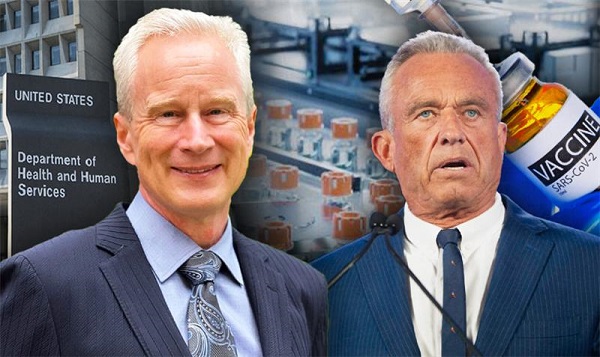
 COVID-192 days ago
COVID-192 days agoDr. McCullough praises RFK Jr., urges him to pull COVID shots from the market
-

 Alberta1 day ago
Alberta1 day agoProvince considering new Red Deer River reservoir east of Red Deer
-

 MAiD2 days ago
MAiD2 days agoOver 40% of people euthanized in Ontario lived in poorest parts of the province: government data






